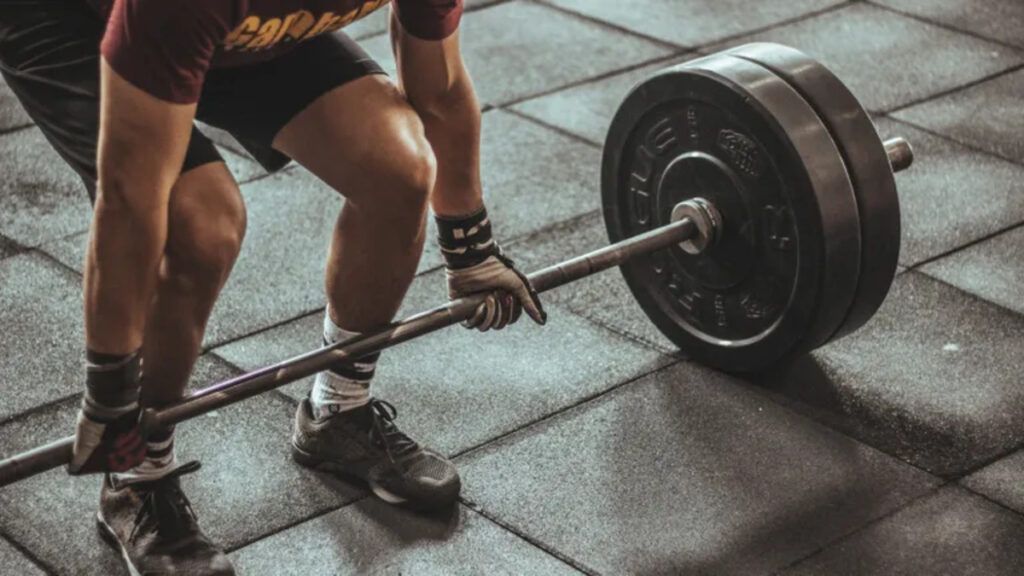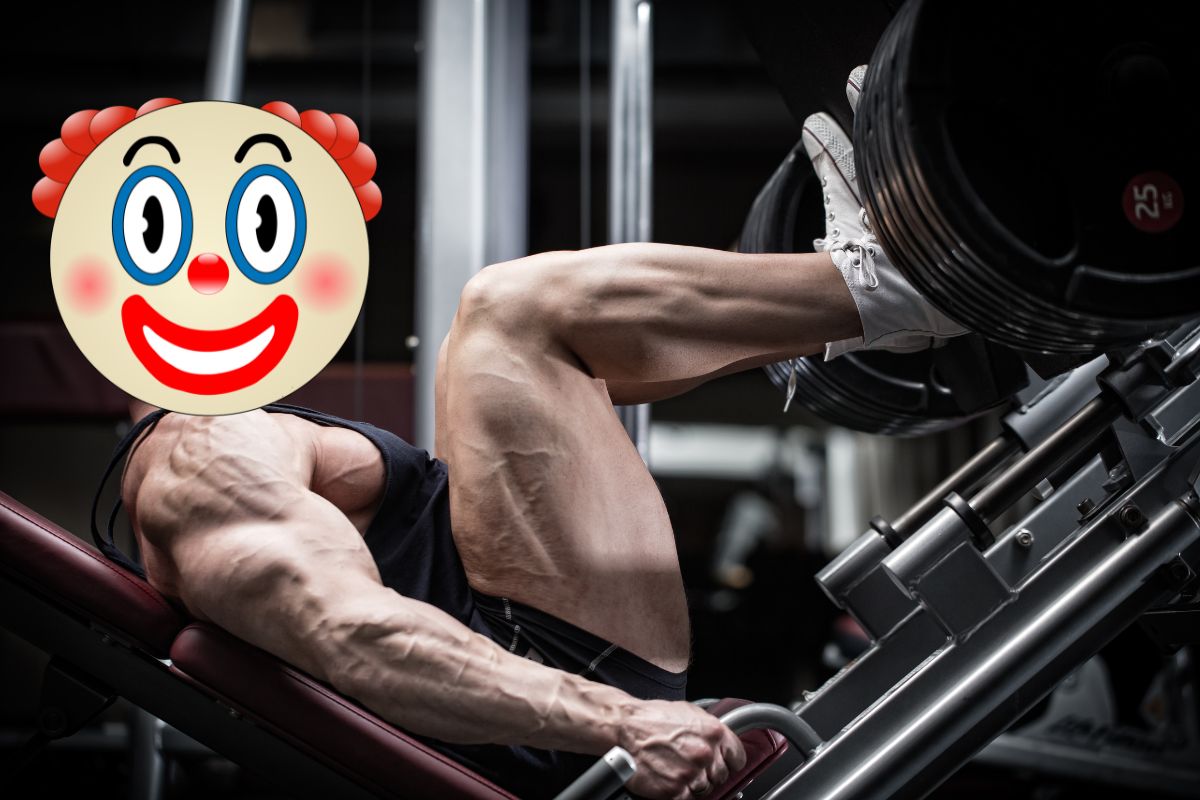As a lifelong soccer enthusiast and journalist, I’ve always been fascinated by the intersection of sports and science. While soccer may not rely heavily on lifting weights, understanding how to build muscle efficiently is crucial for athletes across all sports. Recently, researchers from the University of Cambridge unveiled some groundbreaking insights on this topic, and I couldn’t help but dive into it.
The Science Behind Muscle Building

Building muscle through resistance training is a well-accepted concept. The process involves causing small tears in muscle fibers, which then heal and grow back stronger with the aid of rest and protein. But the age-old debate persists: what’s the most effective way to build muscle? Should you stick to bodyweight exercises like pull-ups and dips, or should you lift weights? If weights are your choice, should you opt for low-weight, high-rep sets, or go for heavy lifts aiming to break personal records?
I remember when I was first introduced to weightlifting during my high school soccer training. Our coach, an old-school enthusiast, swore by heavy lifting. But many of us wondered if there was a more efficient way.
Cambridge’s Mathematical Breakthrough
The researchers at Cambridge took a novel approach to this question. By examining resistance training’s effects on individual muscle fibers and filaments, they developed a mathematical formula to determine the optimal load for muscle growth. Their findings, published in the Biophysical Journal, suggest that lifting about 70% of your maximum weight is ideal for building muscle. This load is enough to stimulate muscle growth effectively without exhausting the muscles too quickly.
Why 70% is the Magic Number
Neil Ibata, a co-author of the study, explained, “So much time and resources could be saved in avoiding low-productivity exercise regimes and maximizing athletes’ potential with regular higher value sessions.” The idea is simple: at 70% of your maximum lift, you can work your muscles thoroughly without overworking them to the point of exhaustion.
Reflecting on my own experience, I remember those intense training sessions where we often pushed our limits. While it built mental toughness, it wasn’t always the most efficient way to build muscle.
Practical Application for Athletes

For athletes, especially those like soccer players who need a balance of strength and endurance, incorporating this scientific insight can be transformative. Imagine spending less time lifting but gaining more strength. This efficiency allows more time for sport-specific training and recovery.
Exceptions and Special Cases
Of course, there are always exceptions. Training for specific goals, like achieving a one-rep max or completing a high-rep set at the end of a workout, might require different strategies. For example, a friend of mine, a powerlifter, often trains with weights close to his max to improve his lifting capacity. Meanwhile, another friend, a marathon runner, incorporates light weights and high reps to build endurance without bulking up excessively.
My Takeaway
The science from Cambridge offers a refreshing perspective. It aligns with what many fitness enthusiasts and trainers have intuitively practiced but now provides a concrete basis for these methods. As someone who’s seen the evolution of training techniques in soccer and beyond, it’s exciting to see such a blend of science and sports.
Conclusion
Whether you’re an athlete or someone just looking to get fitter, knowing the optimal weight to lift can save time and maximize results. So, next time you hit the gym, remember: 70% of your max might just be the sweet spot for building muscle. Embrace the science, and let it guide you to stronger, more efficient workouts.
And as always, keep pushing your limits and exploring new ways to improve your game and health. After all, in sports, as in life, continuous learning and adaptation are key to success.

